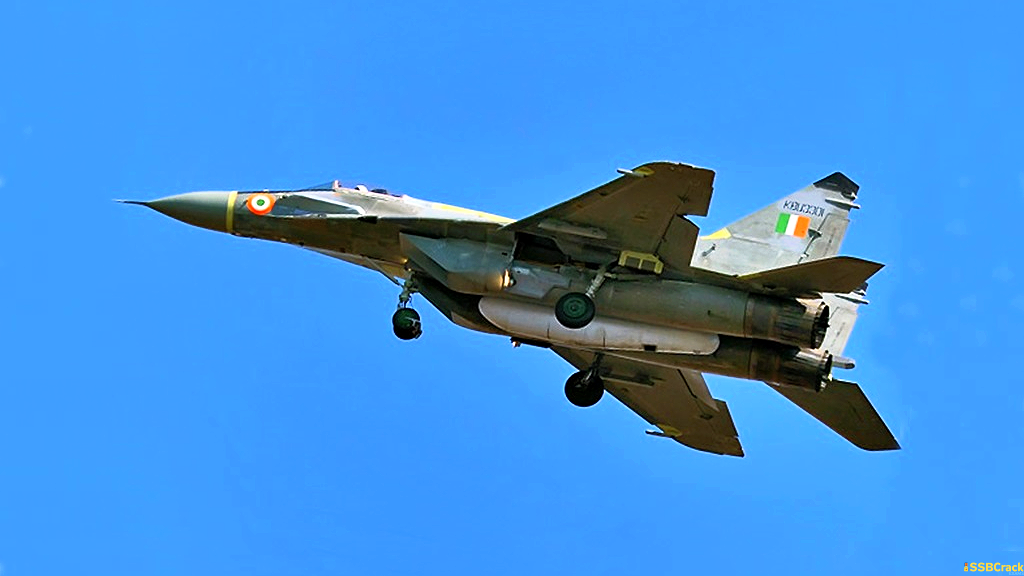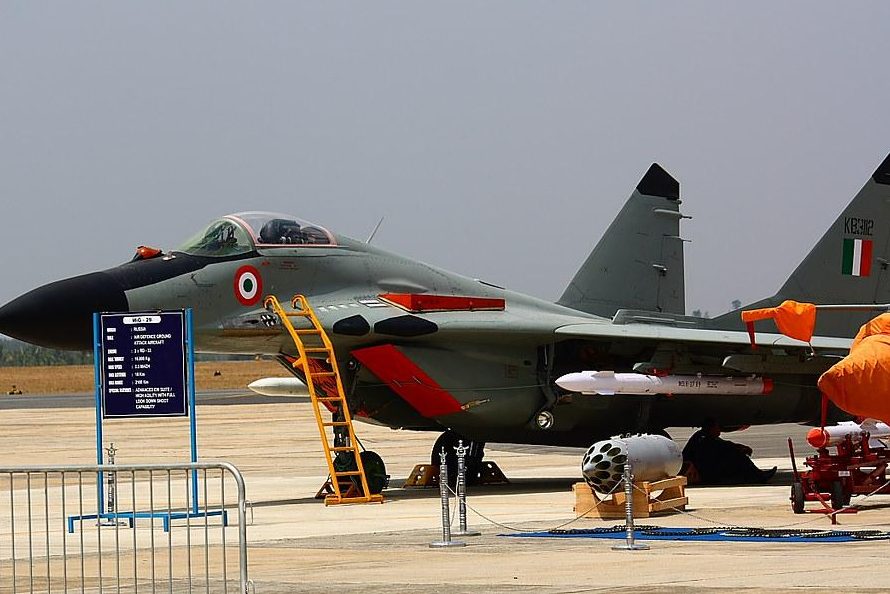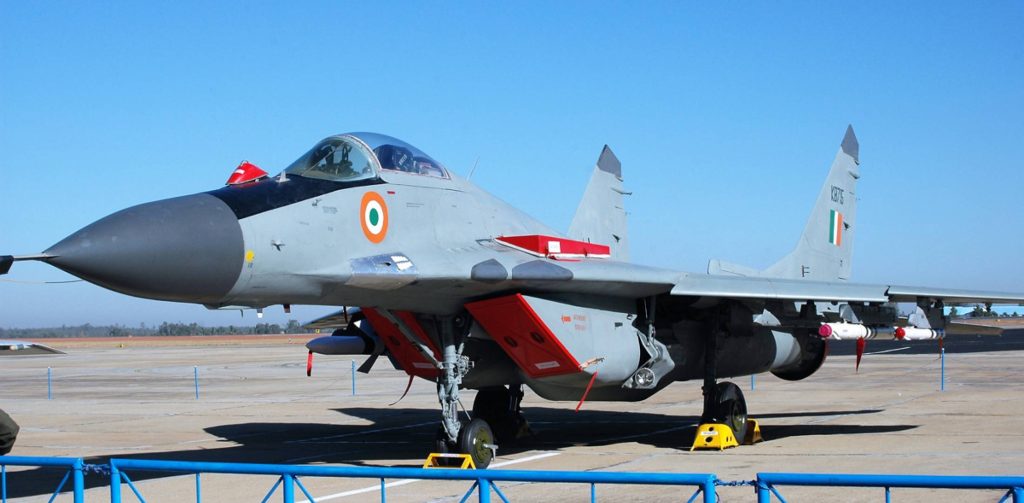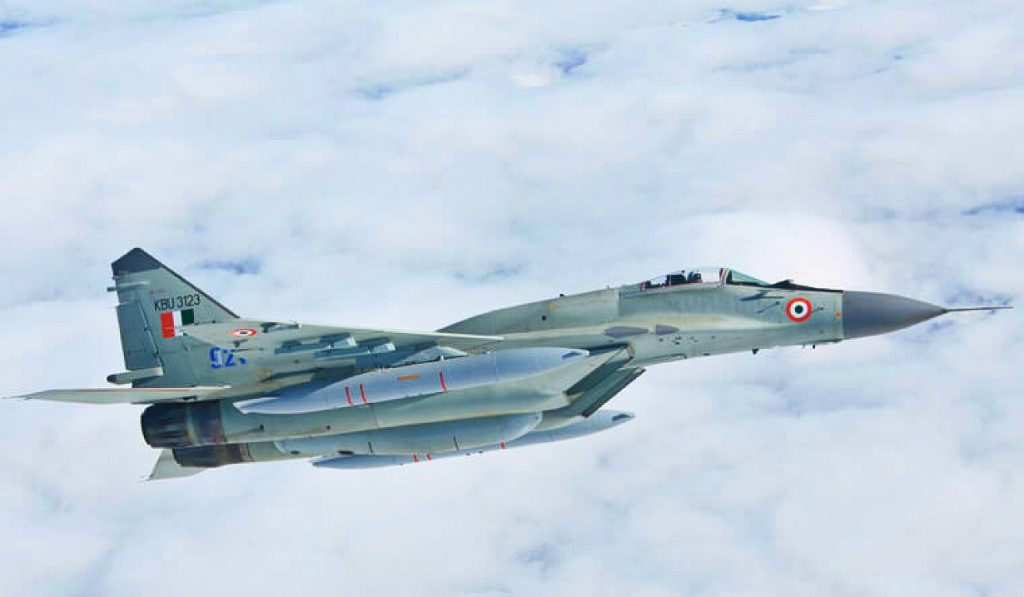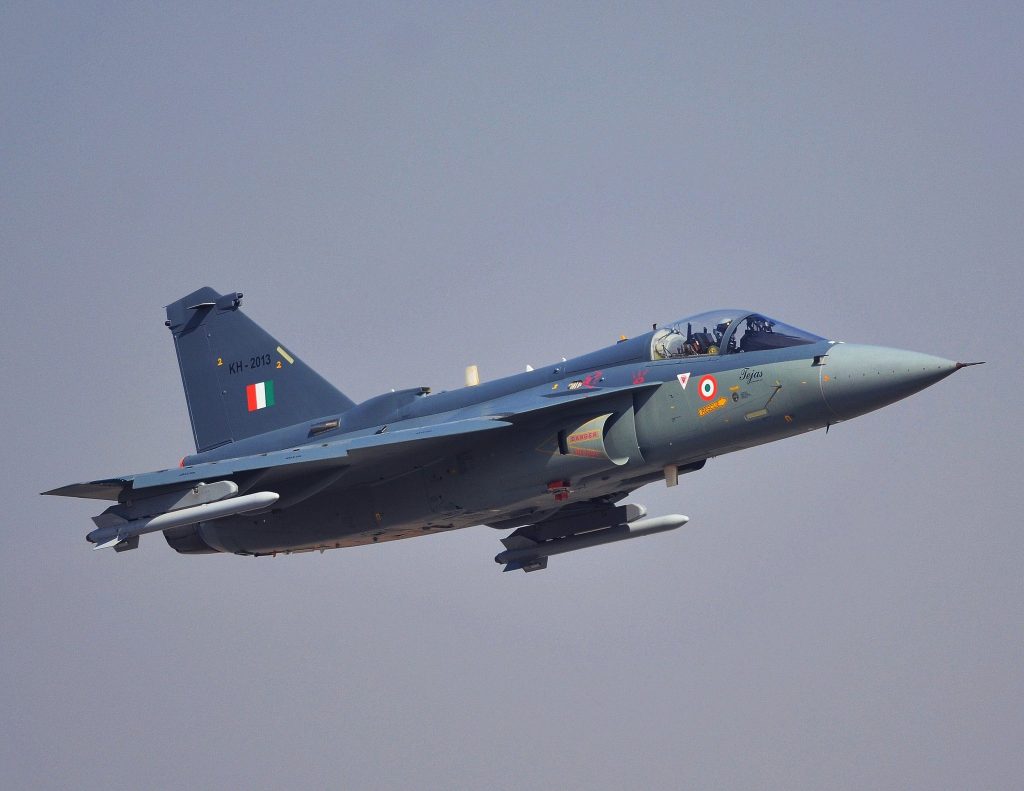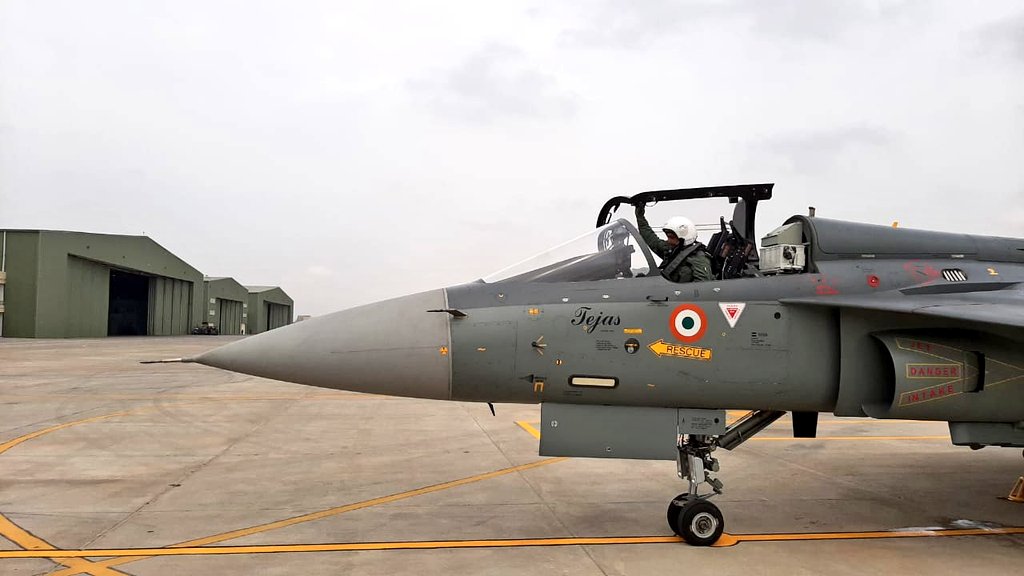The Indian Air Force has lately launched a major initiative to extend the life of its MiG-29 jets. This is performed through the “Second Life Extension” programme, which is a full makeover procedure. This ambitious project aims to extend the operational lifespan of MiG-29UPG aircraft until 2037, marking a key milestone in the country’s defence strategy.
MiG-29 Jets Helping Indian Air Force after TEJAS Program
The Indian Air Force will undertake this massive task of extending the life of the MiG-29s on its own. This big operation will be carried out at the Logistics Command’s 11th repair plant, which is located inside the limits of Nasik Airport in the country’s western area. This division is specially prepared for this duty due to its specialised concentration on the maintenance and repair of Russian and Soviet equipment.
Also read: Indian Air Force’s MiG-29 Fleet To Undergo Second Life Extension Programme
Prior to this development, India planned to retire all MiG-29 aircraft by 2027. This decision, however, has since been reassessed, resulting in an extension of their service life. Instead, the TEJAS MK-2 fighter, which was supposed to replace the MiG-29, will first replace the SEPECAT Jaguar attack aircraft when it debuts in 2029. As a result, beginning in 2035, the TEJAS MK-2 is projected to gradually replace the French Mirage-2000 and MiG-29UPG.
Since its introduction into the Indian Air Force in 1986, MiG-29 fighter jets have played an important role in strengthening India’s defensive capabilities. This life extension programme emphasises their ongoing significance in the national defensive architecture.
Also read: Indian Navy’s MiG 29K Fleet To Be In Service Till 2035
The Indian MiG-29UPGs are enhanced variants of the base Soviet and Russian MiG-29s. A new avionics suite, enhanced radar, and higher fuel capacity are among the enhancements. These enhancements enable Indian MiG-29s to perform more successfully in modern air combat settings.
The inclusion of a new engine is another significant distinction between the Indian MiG-29s and the base aircraft. The RD-33MK engine powering the Indian MiG-29s gives enhanced thrust and fuel economy. This engine also enables Indian MiG-29s to fly at higher altitudes and speeds than standard variants.
Also read: Which Is Better Sukhoi-30 MKI Or Mikoyan MiG-29?
The Indian MiG-29s also include additional armaments and equipment not seen on the base versions. The Indian MiG-29s, for example, are outfitted with the R-77 missile, which has a longer range and more accuracy than the R-27 missile available on base versions. In addition, the Indian MiG-29s include a new electronic warfare suite that provides greater protection against enemy radar and other electronic systems.
Upcoming Indian Fighter: TEJAS MK-2
The TEJAS MK-2 is a single-engine, multi-role fighter aircraft developed for the Indian Air Force and Navy by the Aeronautical Development Agency (ADA) in partnership with Hindustan Aeronautics Limited (HAL). It is an improved version of the TEJAS MK-I with additional capabilities and features.
Also read: What Is LCA Tejas Mark 2 Project? [Fully Explained]
The aircraft is 13.2 metres in length, 8.2 metres in wingspan, and 4.4 metres in height. It can reach a top speed of Mach 1.8 and has a maximum take-off weight of 17,500 kg. The TEJAS MK-2 has a range of 3,000 kilometres and is capable of operating at altitudes of up to 16,500 metres.
The TEJAS MK-2 is armed with a 23mm twin-barrel GSh-23 cannon, air-to-air missiles like the Astra and Python, air-to-surface missiles like the BrahMos and Harpoon, and precision-guided munitions like the Spice-2000 and Gryphon. External fuel tanks and reconnaissance pods can also be carried.
Also read: First Flight Of Indigenous Tejas Mk-2 Fighter Jet Expected In 2025
The modern glass cockpit of the TEJAS MK-2 has a large-area display (LAD) and a head-up display (HUD) for the pilot. It is also equipped with a fly-by-wire flight control system, digital avionics, and superior electronic warfare capabilities. With a high angle of attack and thrust-to-weight ratio, the aircraft is meant to be highly manoeuvrable and agile.
Arrival of Tejas Mk-2
The TEJAS MK-2 is set to enter service with the Indian Air Force and Navy in the future years, playing an important role in India’s military strategy. Its extensive capabilities and features make it a potent fighter aircraft capable of performing a wide range of missions and operating in a number of conditions.
To crack the SSB Interview, You can join our SSB interview live classes batch and we recommend you to Enroll SSB INTERVIEW ONLINE COURSE. Trusted by thousands of defence aspirants.
Also read:

